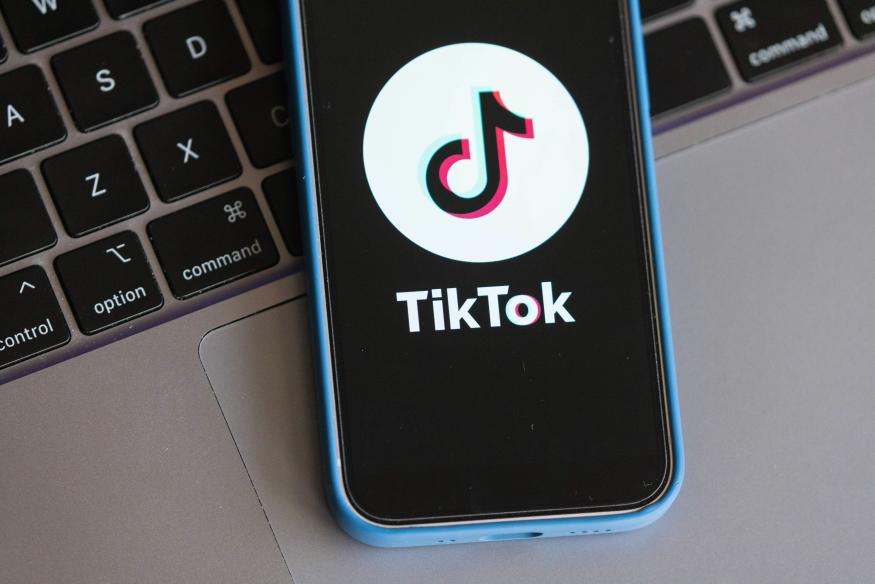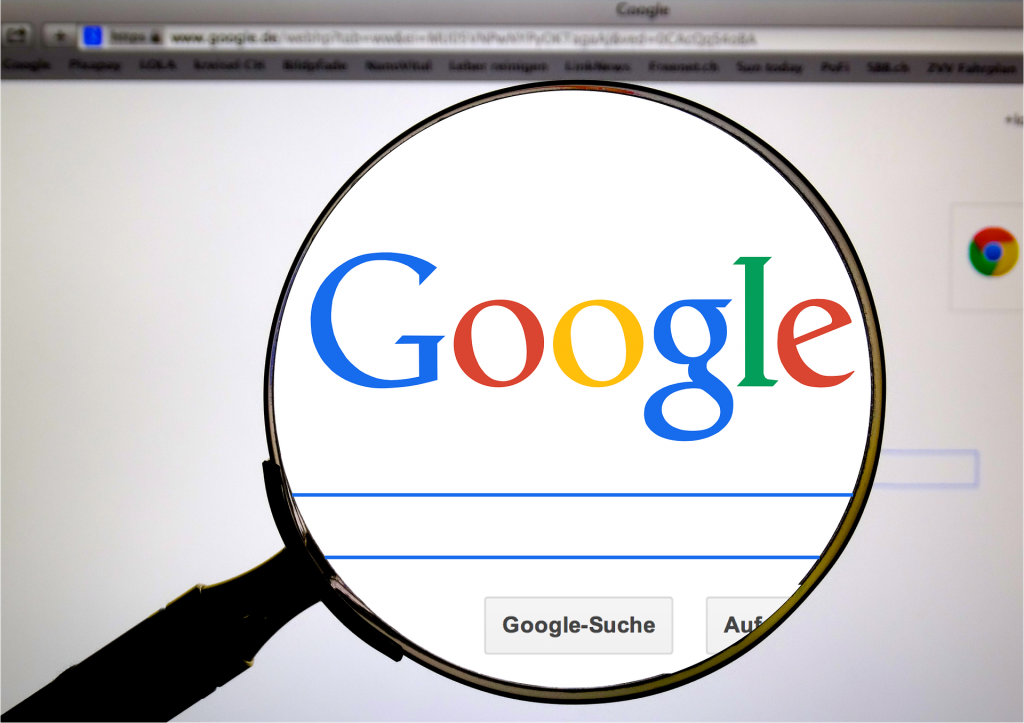US Senate passes bill to ban TikTok on government devices
A bill prohibiting federal employees from using the Chinese-owned short video-sharing app TikTok on devices owned by the government was approved by the U.S. Senate late on Wednesday by voice vote.
The bill, which was supported by Senators Josh Hawley of Missouri, Tom Cotton of Arkansas, Rick Scott of Florida, and Marco Rubio of Florida, was approved by senators unanimously on Wednesday night.

Hawley noted, “TikTok is a Trojan Horse for the Chinese Communist Party. It’s a major security risk to the United States, and until it is forced to sever ties with China completely, it has no place on government devices. States across the U.S. are banning TikTok on government devices. It’s time for Joe Biden and the Democrats to help do the same.”
Before being brought to President Joe Biden for approval, the bill still must be passed by the US House of Representatives. Before the current congressional sitting ends, which is anticipated to happen next week, the House of Representatives would have to pass the Senate bill.
The decision is the most recent move by American lawmakers to impose sanctions on Chinese firms amid concerns about national security that Beijing would use them to surveil Americans. The Senate took this decision after North Dakota and Iowa joined a rising number of American states this week in barring TikTok, owned by ByteDance, from state-owned devices out of worry that data would be given to the Chinese government.
Read More: Former FTX CEO Sam Bankman-Fried arrested in the Bahamas
In August 2020, legislation to prevent TikTok from being used on government equipment was unanimously enacted by the Senate during the previous Congress. Senator Josh Hawley of the Republican Party, the bill’s sponsor, revived it in 2021.
TikTok is already prohibited on devices used by many governmental institutions, including the Defense, Homeland Security, and State departments. As previously stated by Hawley, “TikTok is a major security risk to the United States, and has no place on government devices.”
Governors of North Dakota and Iowa have issued orders forbidding executive branch departments from installing the app on any technology provided by the government. Similar measures have been taken by almost a dozen American states, including Alabama and Utah this week.
TikTok, which has over 100 million users in the USA, dubbed the action as a “politically-motivated ban that will do nothing to advance the national security of the United States”.
As part of the national security assessment that was started under previous President Donald Trump, the company stated that it was preparing strategies “that we are well underway in implementing” to even further safeguard the platform in the US. The statement read, “We will continue to brief members of Congress on the plans.”
Australia and other nations have seen calls to ban TikTok, and Taiwan recently attempted to ban it on public devices. India blocked the TikTok app in 2020. Due to a Trump executive order that prohibited new downloads, TikTok was facing an effective ban in the US two years ago. However, judges rejected the order, and it was never put into effect.
President Joe Biden eventually revoked it. ByteDance was also ordered by the Committee on Foreign Investment in the United States, which is in charge of examining foreign ownership in the US, to sell TikTok in 2020. The company is still in talks with that agency.

I am a law graduate from NLU Lucknow. I have a flair for creative writing and hence in my free time work as a freelance content writer.

